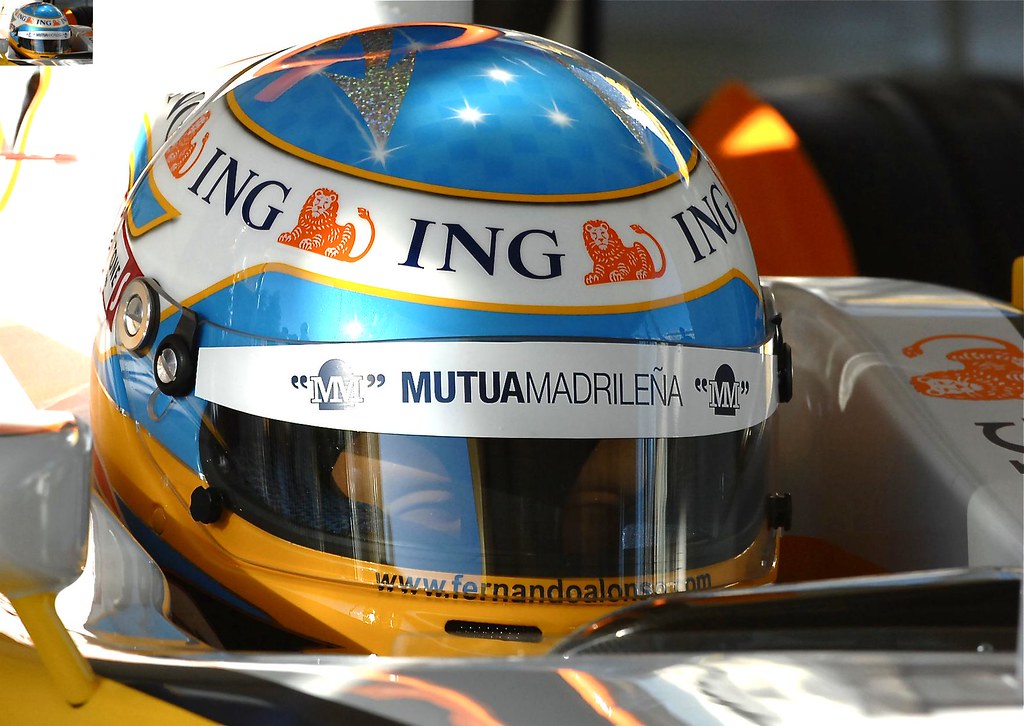In the world of motorsports, where the margin for error is incredibly slim and the consequences of mishaps can be severe, the choice of protective gear, particularly helmets, becomes paramount. Among the various certifications and ratings that helmets can earn, the Snell Memorial Foundation’s standards are widely regarded as some of the most stringent and reliable in the industry.
The SA2020 standard, the latest iteration applicable to auto racing helmets as of my last update, sets a new benchmark in helmet safety and technology. This article decodes helmet ratings and delves into what makes the Snell SA2020 certification stand out from its predecessors and other certifications.
The Essence of Helmet Certifications
Helmet certifications, including Snell, DOT (Department of Transportation), ECE (Economic Commission for Europe), and FIA (Fédération Internationale de l’Automobile), serve as indicators of a helmet’s ability to protect the wearer in various impact scenarios. These certifications are obtained through rigorous testing that evaluates a helmet’s performance in areas such as impact absorption, penetration resistance, and strap integrity.
Snell Memorial Foundation: A Legacy of Safety
The Snell Memorial Foundation has been at the forefront of helmet safety since its establishment in 1957. Unlike DOT and ECE, which are government-mandated standards, Snell’s certifications are voluntary, with the Foundation independently testing and certifying helmets. Snell’s standards are updated approximately every five years, each new standard building upon the foundation of the last to incorporate the latest in safety research and technological advancements.
What Makes Snell SA2020 Stand Out
Enhanced Impact Testing
The SA2020 standard introduces more rigorous impact testing protocols, ensuring helmets can withstand higher g-forces from various angles. This includes testing with different anvil shapes to simulate a range of impact surfaces and scenarios.
Improved Shell and Liner Materials
SA2020 standards demand the use of advanced materials for the shell and liner, enhancing the helmet’s ability to absorb and distribute impact forces more efficiently. This not only improves safety but also allows for lighter, more comfortable helmets.
Increased Fire Resistance
Recognizing the potential for fires in auto racing, the SA2020 standard includes stricter requirements for materials’ fire resistance. Racing helmet must now use materials that can better withstand exposure to flames, providing drivers with crucial additional seconds to escape in the event of a fire.
Refined Retention System Testing
The retention system, or chin strap, is vital for ensuring the helmet stays in place during a crash. The SA2020 certification requires more rigorous testing of the retention system, ensuring it can hold up under extreme forces without stretching or breaking.
Compatibility with Head and Neck Restraints
With the widespread adoption of head and neck restraint systems in racing, SA2020 helmets are designed to be fully compatible with these devices. This ensures that the helmet and restraint system can work together effectively to reduce the risk of neck injuries in a crash.
Comparing SA2020 to Other Standards
While DOT and ECE standards are more commonly known to the general public and apply to a broad range of helmet types, they typically focus on basic impact protection and penetration resistance. FIA certifications, similar to Snell, are highly regarded in motorsports, with some standards like the FIA 8860 offering protection levels on par with or exceeding Snell SA2020. However, the Snell SA2020 standard is unique in its comprehensive approach, combining rigorous testing protocols with demands for advanced materials and design features tailored specifically to auto racing’s high-risk environment.
Conclusion
The Snell SA2020 certification represents the cutting edge of helmet safety and technology in the field of auto racing. Its stringent requirements for impact protection, material durability, fire resistance, and compatibility with safety devices set it apart from other certifications. For racers and enthusiasts who demand the highest level of protection, choosing a Snell SA2020-certified helmet is a clear decision. As helmet technology continues to evolve, standards like Snell SA2020 play a critical role in pushing the industry forward, ensuring that racers have access to the best possible protection on the track.
